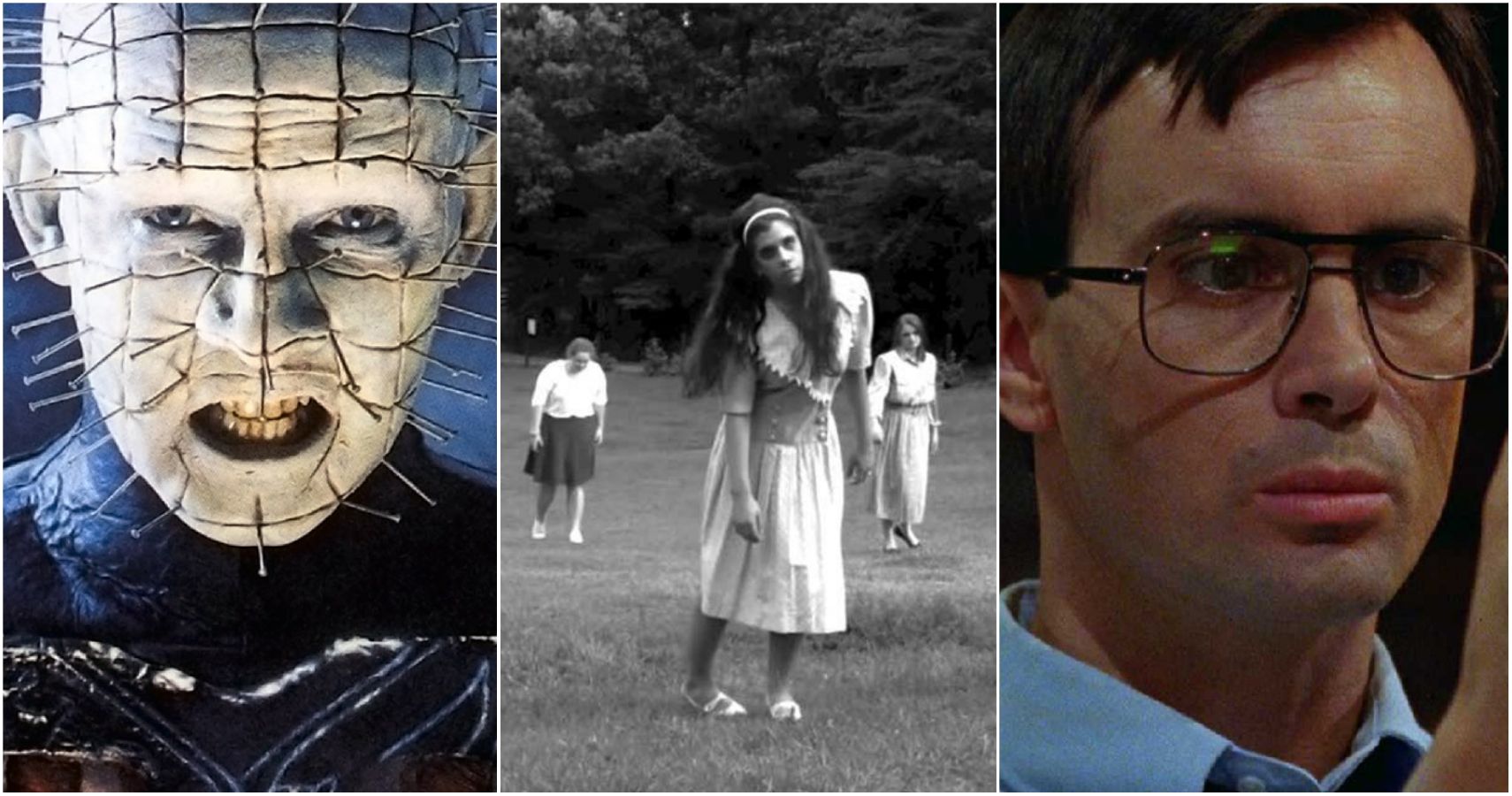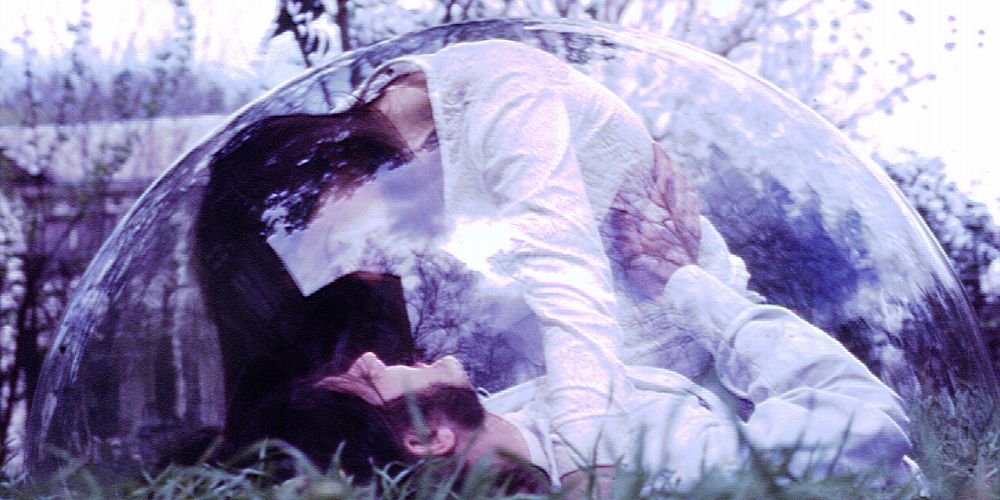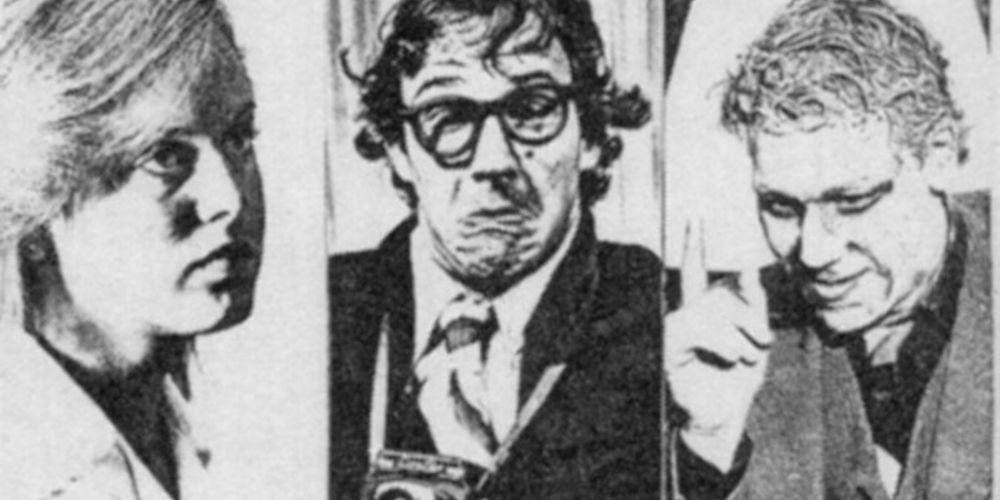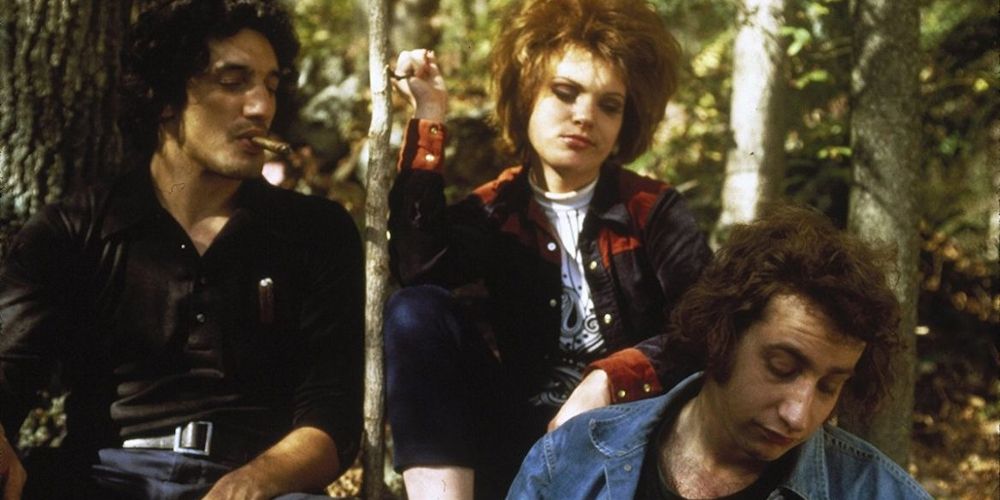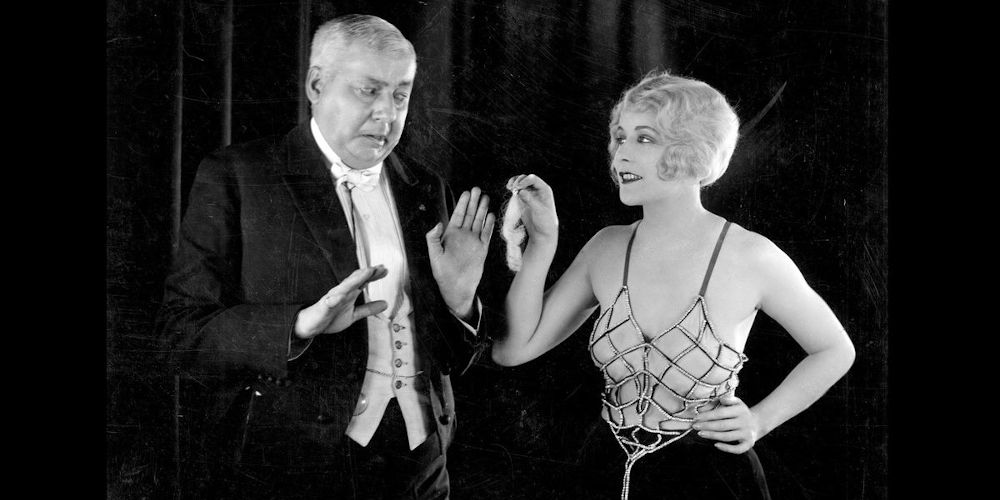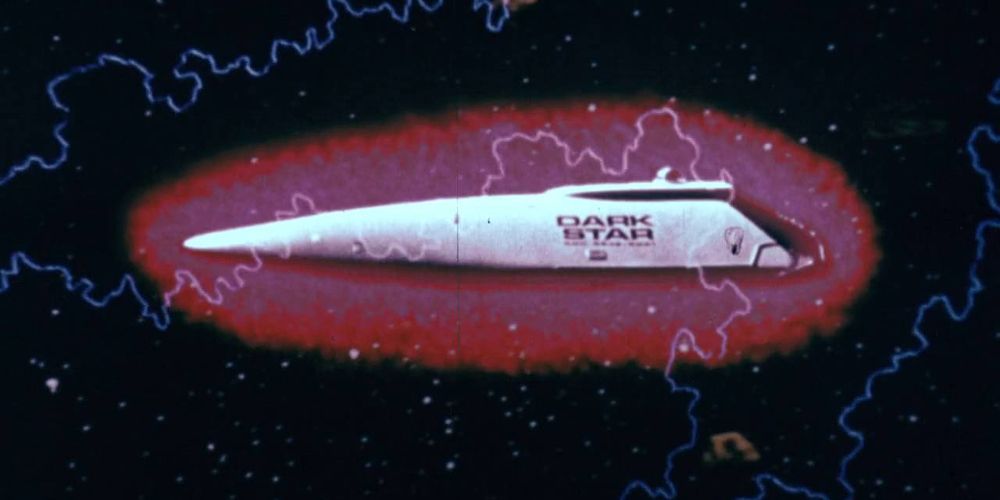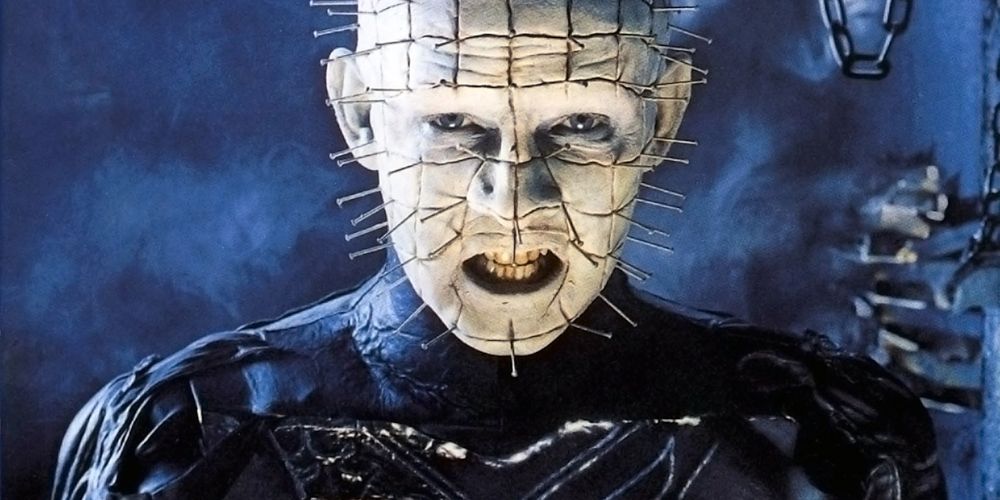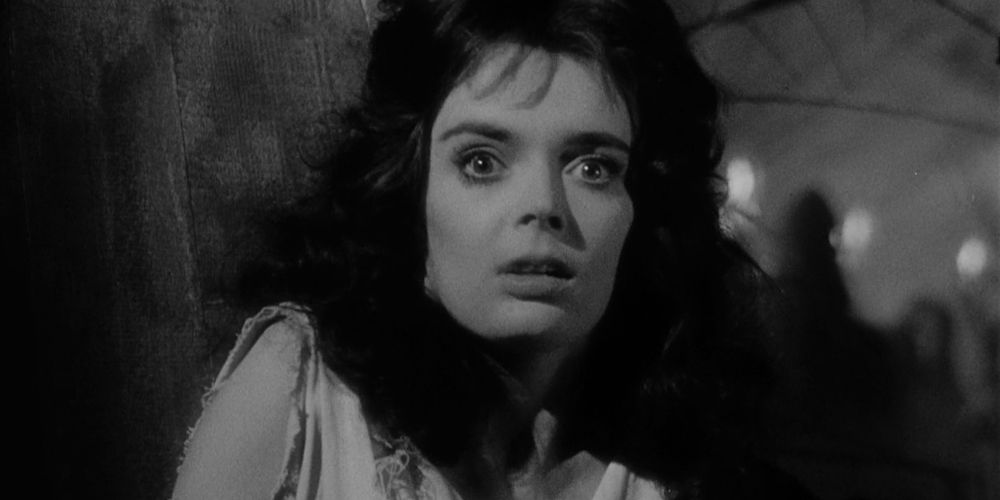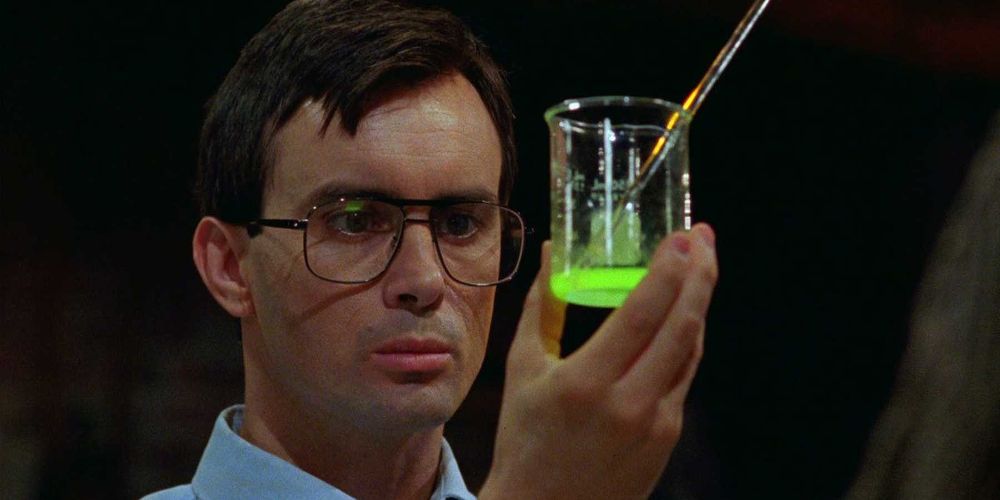Every director starts somewhere. Like other artists across creative fields, filmmakers evolve and develop their craft over time. Styles and approaches change with more funding, technological advancements, and genre shifts. While some directors manage to make their best works when they're young and less swayed by production companies or outside forces, others get better with age.
This applies to horror films as much as any other genre. While horror movies have historically struggled to maintain both critical acclaim and mainstream appeal, in recent decades, the genre has made a serious comeback for both diehard and casual fans. The 10 directors on this list set the tone for modern horror, employing innovative and terrifying techniques, creating franchise-worthy monsters, and giving audiences plenty to contemplate.
Tobe Hooper: Eggshells (1969) - 5.3
The mastermind behind The Texas Chainsaw Massacre asserts his singular vision with this experimental and divisive film. Made with just $40,000, Eggshells tells the story of a group of college students in Austin, Texas, who, after moving into an isolated house in the woods, become affected by a strange force.
Hooper co-wrote the feature with frequent collaborator Kim Henkel. Framed as a hippie film, Eggshells can be found on the Blu-ray edition of The Texas Chainsaw Massacre 2, released by Arrow Films in 2013.
Sam Raimi: It's Murder! (1977) - 5.9
Michigan native Sam Raimi, who progressed from The Evil Dead franchise to the aught's Spider-Man trilogy, made his first film using a Super 8 camera. Completed while Raimi was in college, It's Murder! is co-written by Raimi collaborator Scott Spiegel and co-stars Bruce Campbell.
Raimi stars as a young man who inherits his uncle's fortune after he's murdered. Spiegel plays a detective investigating the death. The group finished the film with just $2,000.
Wes Craven: The Last House On The Left (1972) - 6.0
Wes Craven was able to make his first film, deemed an exploitation feature, with the help of his friend and fellow director Sean S. Cunningham. Cunningham, who had a successful film under his belt, secured funding for the project, which Craven wrote and directed. Both wanted it to be a graphic, hardcore picture full of brutal violence. Craven felt this was important at a time when Hollywood liked to glamorize death, especially in light of the Vietnam War.
The film's plot involves the terrible assault and murder of two teenage girls and the subsequent revenge enacted by one of the girls' parents. It stars inexperienced actors and was filmed in a gritty and documentary-like style. The movie generated a lot of publicity—more bad than good—but it launched Craven's career.
Alfred Hitchcock: The Pleasure Garden (1925) - 6.0
Alfred Hitchcock, who at the time was an aspiring filmmaker working as a film assistant, was given the go-ahead to make this film at the behest of Gainsborough Pictures. A black-and-white silent era German-British co-production, The Pleasure Garden focuses on two women who are chorus girls at a British theatre known as The Pleasure Garden.
The movie is adapted from an Oliver Sandys novel, and it features the standard conventions and styles of films at the time. It's extravagant, sweeping opening scene, full of motion and activity, gives viewers a sense of what would come from Hitchcock's future cross-genre suspense films.
John Carpenter: Dark Star (1974) - 6.3
Before he worked with Debra Hill to bring Michael Myers to life, John Carpenter directed this science-fiction cult movie. Carpenter co-wrote the movie's screenplay with Dan O'Bannon, who would also work with him on the Halloween movies.
Dark Star began as a student film at USC, but it was lengthened into a feature-length film after Carpenter graduated. With a final budget of $60,000, the movie follows the crew of a dying starship as they travel the galaxy tasked with destroying planets that may affect future colonization attempts. While some critics lambasted it as a 2001: A Space Odyssey rip-off, others praised its quirky approach to science fiction storytelling.
Clive Barker: Hellraiser (1987) - 7.0
Before becoming a filmmaker, Clive Barker made a name for himself as a writer of stories, novels, and screenplays. After he was unhappy about how some of his work was handled by other directors, he decided to take over the production of Hellraiser, based on his 1986 novella The Hellbound Heart.
Hellraiser, despite mixed critical reviews, proved to be a profoundly moody supernatural feature full of stunning body horror, spiritual themes, and terrifying interdimensional special effects. Literary and philosophical ideas abound in the movie, which also introduces one of the most iconic villains in horror history: the Cenobite Pinhead. Needless to say, Hellraiser is a cult classic with its own expansive franchise.
Mario Bava: Black Sunday (1960) - 7.2
Italian auteur and prolific horror director Mario Bava technically worked on other films before this one, but Black Sunday is considered his first official movie. Based on the gothic horror story "Viy" by Russian author Nikolai Gogol, Black Sunday, about a witch who returns 200 years after being put to death by her brother, was deemed too graphic, causing it to be banned in the U.K. until 1968.
Black Sunday stars British actors Barbara Steele and John Richardson, and Bava's signature, gory style is on full display here. Bava went on to make some of the most Italian Giallo films to date, including Black Sabbath, Blood and Black Lace, and Kill, Baby, Kill.
Stuart Gordon: Re-Animator (1985) - 7.2
Stuart Gordon developed a controversial reputation in experimental theatre before directing his first feature film, which many fans consider his best. After reading H.P. Lovecraft's Herbert West–Reanimator, Gordon initially planned to adapt it to the theater, but he then decided on television. After his friend, special effects artist Bob Greenberg, put him in touch with producer Brian Yunza, Gordon got the support he needed to make a feature film.
Gordon established a reputation for himself as someone who meshes horror and comedy flawlessly, imbuing this gruesome film about a mad scientist who brings dead things back to life with just enough camp to make it entertaining.
Dario Argento: The Bird with the Crystal Plumage (1970) - 7.2
Genre genius Dario Argento, an Italian master of stylish and artistic horror, began his directorial career with this strong, terrifying feature. The Bird with the Crystal Plumage is considered the first to popularize Giallo films, which combine elements from mystery and detective genres with horror.
Written by Argento, the movie borrows a lot of plot points from the novel The Screaming Mimi by Frederic Brown. With its signature Argento decadence and craft, the movie tells the story of a novelist who is targeted by a killer after witnessing the murder of a woman in a Rome art gallery. Argento went on to make iconic movies like Suspiria, Deep Red, and Phenomena, to name a few.
George Romero: Night Of The Living Dead (1968) - 7.9
Considered the most important zombie film of all time, this black-and-white debut from George Romero launched a major franchise and paved the way for social commentary in the genre. Filmed outside Pittsburgh on a $114,000 budget, this gory film pursues 7 people trapped inside a Pennsylvania farmhouse as reanimated corpses close in on them. Romero, a Carnegie Mellon graduated, worked in the industry at the time, but Night of the Living Dead is his first major personal project, which he co-wrote with John Russo.
Duane Jones stars in the film at a time when black men were rarely cast as protagonists, and the racial undertones in the movie helped to preserve its lasting importance in cinematic history.

